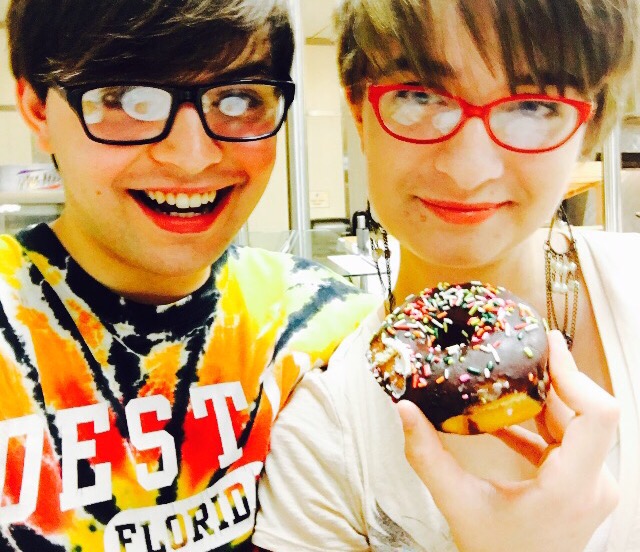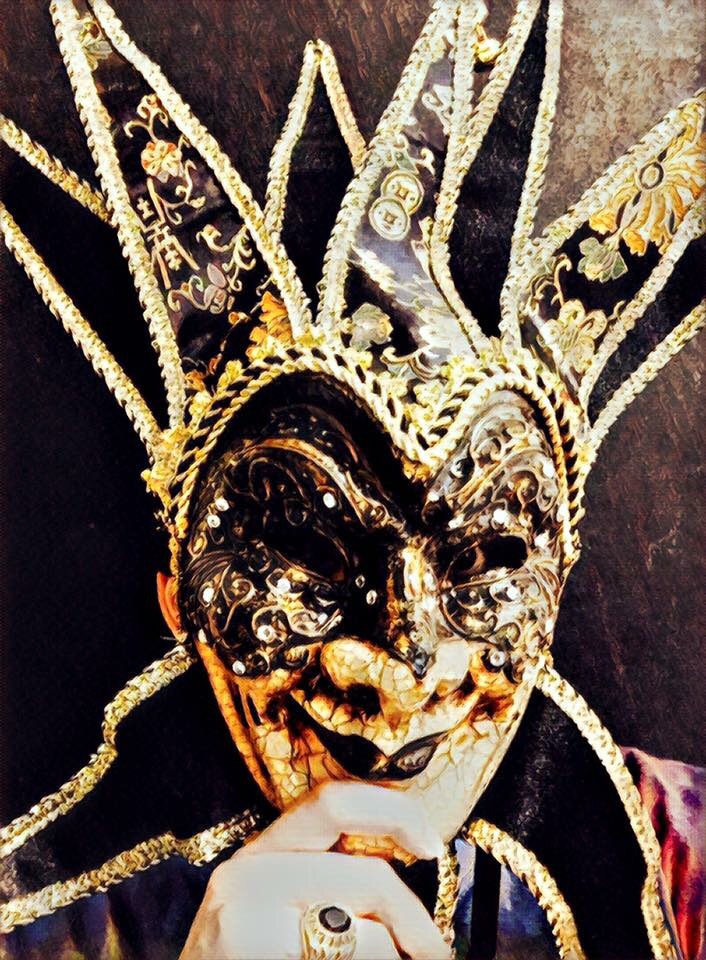
“Cosmic fear or angst or despair suggests, even if only temporarily, that the world lacks the secure structure and meaning that we ordinarily assume it to have.”
-Stephen T. Asma, excerpt from On Monsters: An Unnatural History of Our Worst Fears
“Queer theorists are thus devoted to rereading past events, texts, and social theories—especially those related to sexuality—with an eye toward disruption, on the slant if you will.”
– Kathy Rudy, excerpt from “Queer Theory and Feminism”
How does something such as one’s gender performance and gender expression become strange? How does sex in itself become a process of othering?
Over the course of the semester, I enjoyed our explorations into readings on what it means to make strange and how to define the process of “making strange.” When I consider our past readings and how they tie in with topics in gender and sexuality which Annika and I have explored, I think about how we’ve waded into topics so often left unexplored or rather disregarded. As Annika and I have discussed othering and what it means to other femininity, to make it strange with discourse, we’ve also considered the way outsiders are often treated with violence and brutality. In “Torturers, Terrorists, and Zombies: The Products of Monstrous Societies,” Stephen Asma writes: “Chimps, like humans, can perceive their enemies as monsters and then respond with torture and other forms of excessive brutality. Perceived monsters bring out monstrous reactions” (p. 239). Within our studies and research, we view how gay feminine males often become the outsiders whom violence is committed against. Particularly, in Boys Love (BL) manga, we view how the status of being feminine is not only othered, but also constructed as essentially a “deviant,” feminized, and often demonized type of maleness.
Topics such as what I’ve mentioned above have been part of our discussions over this past spring semester.
Making a website/blog-type project about “strange” gender and sexuality has been a rewarding experience this semester and also a process of “making familiar” from what was once alien to us. In combining the fields of English studies, rhetoric, sociology, communication studies, gender studies, and philosophy, we created an interdisciplinary multi-feature that allowed us to wrangle making strange in terms of gender and sexuality.
On further improvements, I would have really loved to spend more time analyzing more media and further integrating sources. There really was so much Annika and I wanted to do beyond what we’ve accomplished, even if we are proud of our accomplished project.
Moving forward, I know I will take much of what we’ve done with me. I’ve loved sharing my analyses with Annika and discussing queer theory with her. More than the content itself, I’m so happy for the work I’ve done with Annika this semester and how dedicated and wonderful she’s been to work with as a colleague and as a peer mentee in our Honors Program at the University of Montevallo.
Through our explorations, we’ve, in ways, made the strange more familiar, unmasking the obscure figures at the masquerade, and, at least, engaging in a discourse of otherness. Employing queer theory, we dispel the layer of normalcy that people ascribe to reality and thus view a queer—and strange—reality in a way that makes it familiar.
